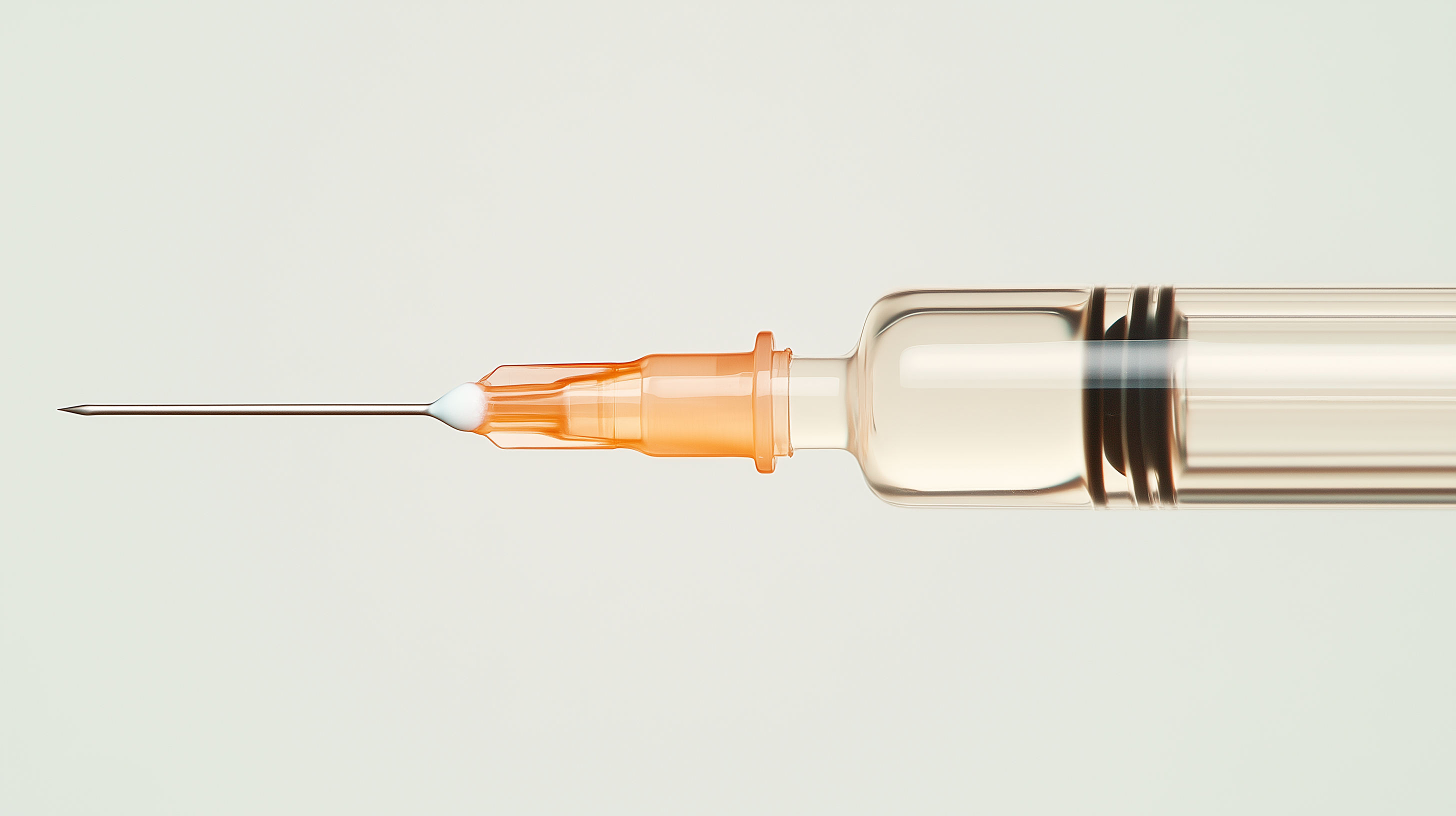As a facelift surgeon, I have witnessed various trends over the years. Not so very long ago, the “over-filled” face was one of the most frequent and challenging problems to address. This reflected the trend for using fillers long past their usefulness to restore volume when what was really needed was volume redistribution and resuspension. In many cases, this trend simply made matters worse, contributing to an “over-filled” look that made subsequent facelift surgery more challenging and occasionally less gratifying. However, the rise in demand for facial surgery following massive weight loss, what I call the "post-Ozempic facelift" represents a new and significant development in the field. Ozempic, along with Wegovy, Xenical, Saxenda and other are drugs originally designed to treat type 2 diabetes, have gained widespread attention for its dramatic weight-loss effects. While this medication has helped many people achieve their weight-loss goals, it has also introduced new aesthetic concerns, particularly regarding the facial ageing associated with volume loss and, consequently, residual skin laxity. In some ways, this new challenge mirrors the problems associated with addressing the over-filled face, because once the excess volume has been removed (in this case, by hormonal changes regulating diet) the remaining tissues exhibit the manifestations of having been over-filled. In this blog, I aim to demystify the changes associated with rapid weight loss and explain how facelift surgery can help restore a natural, youthful appearance.
Understanding the Facial Effects of Rapid Weight Loss
Weight loss, especially when it occurs quickly, can dramatically alter the facial structure. The face consists of fat pads that provide youthful volume, support, and contour. With age, these fat pads naturally diminish and descend due to gravity and the weakening of connective tissues. When an individual experiences sudden and substantial weight loss, particularly with the assistance of drugs like Ozempic, the depletion of these fat pads accelerates, leading to a gaunt or deflated appearance.
Many of my patients describe a paradoxical situation: they feel healthier and happier with their overall weight loss but are disheartened by the unintended consequences on their face. Common concerns include:
- Sunken cheeks: The loss of midface fat creates a hollowed look, making one appear older than their actual age.
- Sagging skin: The skin, once stretched over a fuller face, often struggles to retract fully, resulting in jowls, marionette lines, and excess neck skin.
- Deepened wrinkles and folds: With less underlying fat to support the skin, nasolabial folds (lines running from the nose to the mouth) and other wrinkles become more pronounced.
- Loss of jawline definition: A firm, well-defined jawline is often compromised as the skin and soft tissues lose their support structure.
These changes, while expected, can be distressing for individuals who have worked hard to lose weight and improve their overall health. Fortunately, modern facial rejuvenation techniques, including the post-Ozempic facelift, can help address these concerns effectively.
What is the Post-Ozempic Facelift?
The post-Ozempic facelift is a tailored surgical procedure designed to restore lost volume, reposition sagging tissues, and create a more youthful yet natural-looking appearance after weight loss. Unlike traditional facelifts, which primarily focus on tightening the skin, this approach takes into account the specific effects of rapid weight loss, emphasising structural support, volumisation, and overall harmony.
Key Components of the Post-Ozempic Facelift
1. Midface and Cheek Rejuvenation
A crucial element of the post-Ozempic facelift is restoring lost volume in the midface. In many cases, lifting the deeper layers of facial tissue can provide a more youthful contour. Additionally, some patients benefit from fat grafting, a technique where a small amount of fat is harvested from another area of the body (such as the abdomen or thighs) and strategically placed in the cheeks to restore volume naturally. This is only useful where there is a genuine loss of volume, as opposed to adequate volume being redistributed into the cheeks and jowls.
2. Lower Face and Jawline Definition
Sagging jowls and loss of definition along the jawline are common post-weight loss concerns. The facelift procedure repositions and tightens these tissues, creating a more structured and aesthetically pleasing jawline. For patients with significant skin laxity, a neck lift is performed simultaneously to enhance overall balance.
3. Skin Tightening and Resurfacing
Since the skin's ability to retract is often compromised after significant weight loss, part of the facelift process includes carefully removing excess skin while ensuring a natural, tension-free result. Additionally, treatments such as laser resurfacing or chemical peels can help improve skin texture and elasticity, further enhancing the outcome.
4. Fat Grafting vs. Dermal Fillers
While some patients opt for non-surgical solutions such as dermal fillers, these provide only temporary results and may not be sufficient for those with extensive volume loss. Fat grafting offers a more permanent, natural-looking solution by using the patient’s own tissue, which integrates seamlessly with the surrounding areas. Fat grafts contain fat-derived stem cells and there is evidence to support the idea that these cells contribute to rejuvenation of the overlying skin. The down-side of fat grafting is that volume retention can be a little unpredictable, with some of the grafted fat being lost over the first few weeks.
What to Expect from Surgery and Recovery
Like any surgical procedure, a post-Ozempic facelift requires careful planning, execution, and recovery. The surgery is typically performed under general anaesthesia and takes between three to five hours, depending on the complexity of the case.
Postoperative recovery involves:
- Mild to moderate swelling and bruising for the first two weeks.
- Most patients feeling comfortable resuming social activities within three to four weeks.
- Final results becoming apparent over the course of three to six months as the tissues settle and any residual swelling subsides.
To optimise healing and ensure the best outcome, patients are advised to follow their surgeon’s aftercare instructions, which may include avoiding strenuous activity, maintaining hydration, and following a personalised skincare regimen.
Are There Non-Surgical Alternatives?
For patients who are not ready for surgery or whose concerns are less severe, non-surgical options can provide temporary improvements. These include:
- Dermal fillers to restore volume to the cheeks and jawline.
- Ultrasound or radiofrequency-based skin tightening treatments to improve skin laxity.
- Collagen-stimulating injectables to enhance skin quality and elasticity over time.
However, while these treatments can delay the need for surgery, they do not replicate the transformative effects of a properly executed facelift.
Conclusion: Restoring Confidence After Weight Loss
The post-Ozempic facelift is more than just a cosmetic procedure; it is a solution that helps individuals regain confidence and feel as vibrant as they look. Weight loss, particularly when rapid and significant, can have unintended consequences on facial aesthetics, but modern surgical techniques allow us to address these concerns comprehensively.
As a facelift surgeon, my goal is always to achieve natural, harmonious results that enhance an individual’s unique beauty rather than create an artificial or overdone appearance. By carefully restoring volume, repositioning tissues, and refining contours, the post-Ozempic facelift offers a path to looking as youthful and revitalised as one feels. For those considering this procedure, a consultation with a qualified and experienced plastic surgeon is the first step towards understanding the best approach for their individual needs.



